Transplants all dead...
ezzirah011
11 years ago
Related Stories
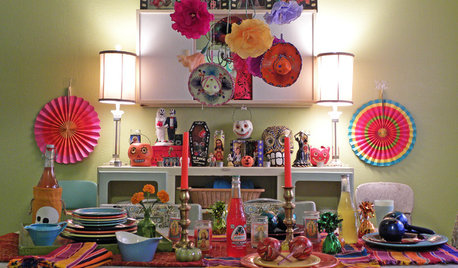
HOLIDAYSMy Houzz: A Home Comes Alive With Day of the Dead Decor
Sugared skulls and bright paper flowers keep a Texas home's macabre decorating style on the lighter side
Full Story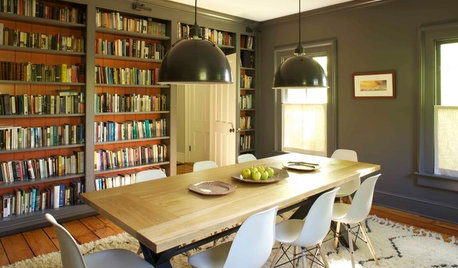
DECORATING GUIDES12 Deadly Decorating Sins
Are your room designs suffering from a few old habits? It may be time to change your ways
Full Story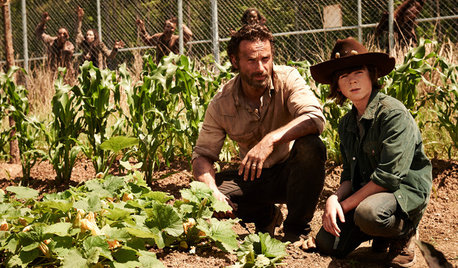
FUN HOUZZHow to Survive an Epidemic of Walking Dead
Tips to use around the house and garden to prep for the zombie apocalypse
Full Story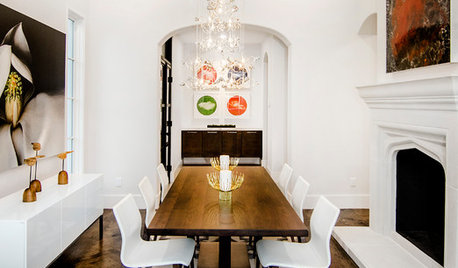
DINING ROOMSNew This Week: Proof the Formal Dining Room Isn’t Dead
Could graphic wallpaper, herringbone-patterned floors, wine cellars and fire features save formal dining rooms from extinction?
Full Story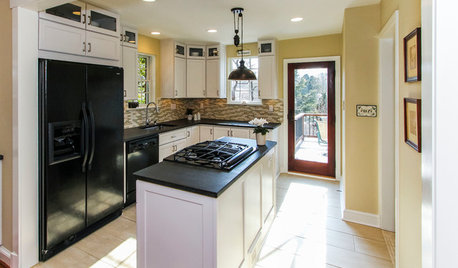
SMALL KITCHENSThe 100-Square-Foot Kitchen: No More Dead Ends
Removing an angled peninsula and creating a slim island provide better traffic flow and a more airy layout
Full Story
NATIVE PLANTS5 Ways to Keep Your Native Plant Garden Looking Good All Year
It’s all about planning ahead, using sustainable practices and accepting plants as living organisms
Full Story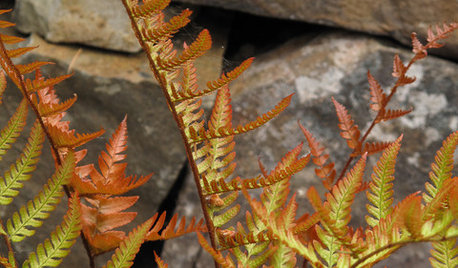
GARDENING GUIDESGreat Design Plant: Autumn Fern Adds Color All Year
Use this evergreen, easy-care fern for soft texture and coppery tints in container gardens and the landscape at large
Full Story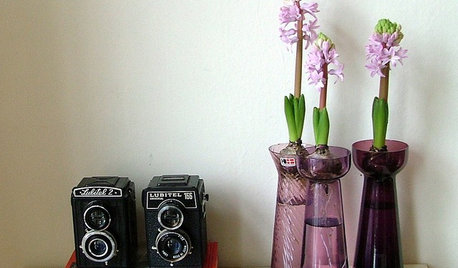
HOUSEPLANTSGet Spring-Like Hyacinth Blooms All Winter Long
Try one of these forcing methods for cheery, colorful flowers to brighten wintry days
Full Story
GARDENING FOR BUTTERFLIESBring on the Birds: Natural Habitat Ideas for Gardens of All Sizes
Provide nesting, watering and perching spots inspired by the Costa Rican jungle and watch the birds flock on over
Full Story
PRODUCT PICKSGuest Picks: Hot Trends in Rugs for All Budgets
See the most popular rug looks today at high, middle and low price points, to make a decorating statement no matter how much you can spend
Full Story





OklaMoni
scottokla
Related Professionals
Simpsonville Landscape Architects & Landscape Designers · Glen Ellyn Landscape Architects & Landscape Designers · Roxbury Crossing Landscape Architects & Landscape Designers · Aurora Landscape Contractors · Milford Landscape Contractors · Milton Landscape Contractors · Mission Landscape Contractors · Riverhead Landscape Contractors · Soddy Daisy Landscape Contractors · Champaign Decks, Patios & Outdoor Enclosures · Grand Rapids Decks, Patios & Outdoor Enclosures · Kansas City Decks, Patios & Outdoor Enclosures · Los Alamitos Decks, Patios & Outdoor Enclosures · Parlier Decks, Patios & Outdoor Enclosures · St John's Kirk Decks, Patios & Outdoor EnclosuresOkiedawn OK Zone 7
slowpoke_gardener
Okiedawn OK Zone 7
slowpoke_gardener
ezzirah011Original Author
Okiedawn OK Zone 7
ezzirah011Original Author
slowpoke_gardener
TraceyOKC
Okiedawn OK Zone 7
TraceyOKC
ezzirah011Original Author
ezzirah011Original Author
Okiedawn OK Zone 7
ezzirah011Original Author
slowpoke_gardener
Okiedawn OK Zone 7
ezzirah011Original Author
slowpoke_gardener
ezzirah011Original Author
maggie2g
slowpoke_gardener
Macmex
maggie2g